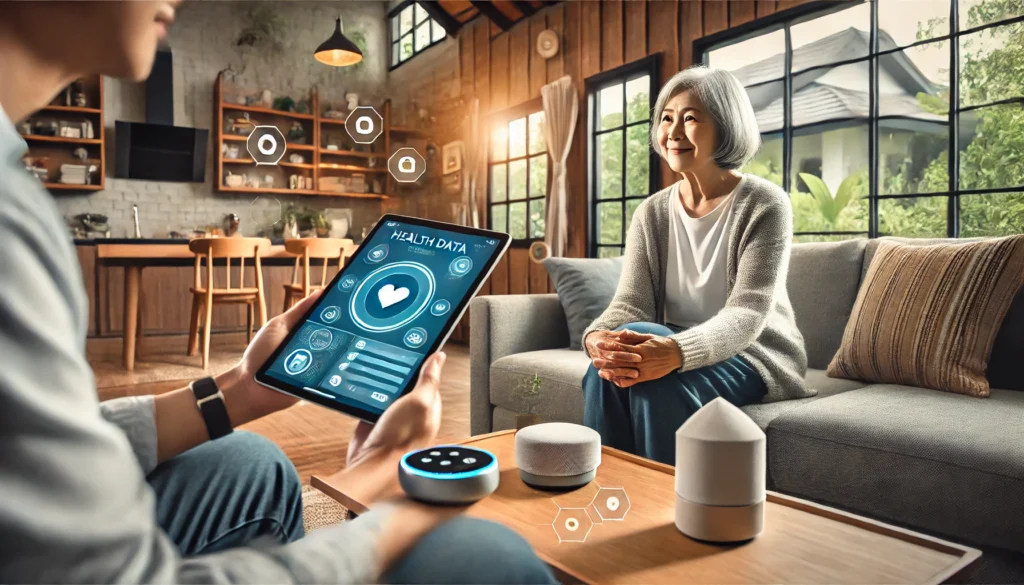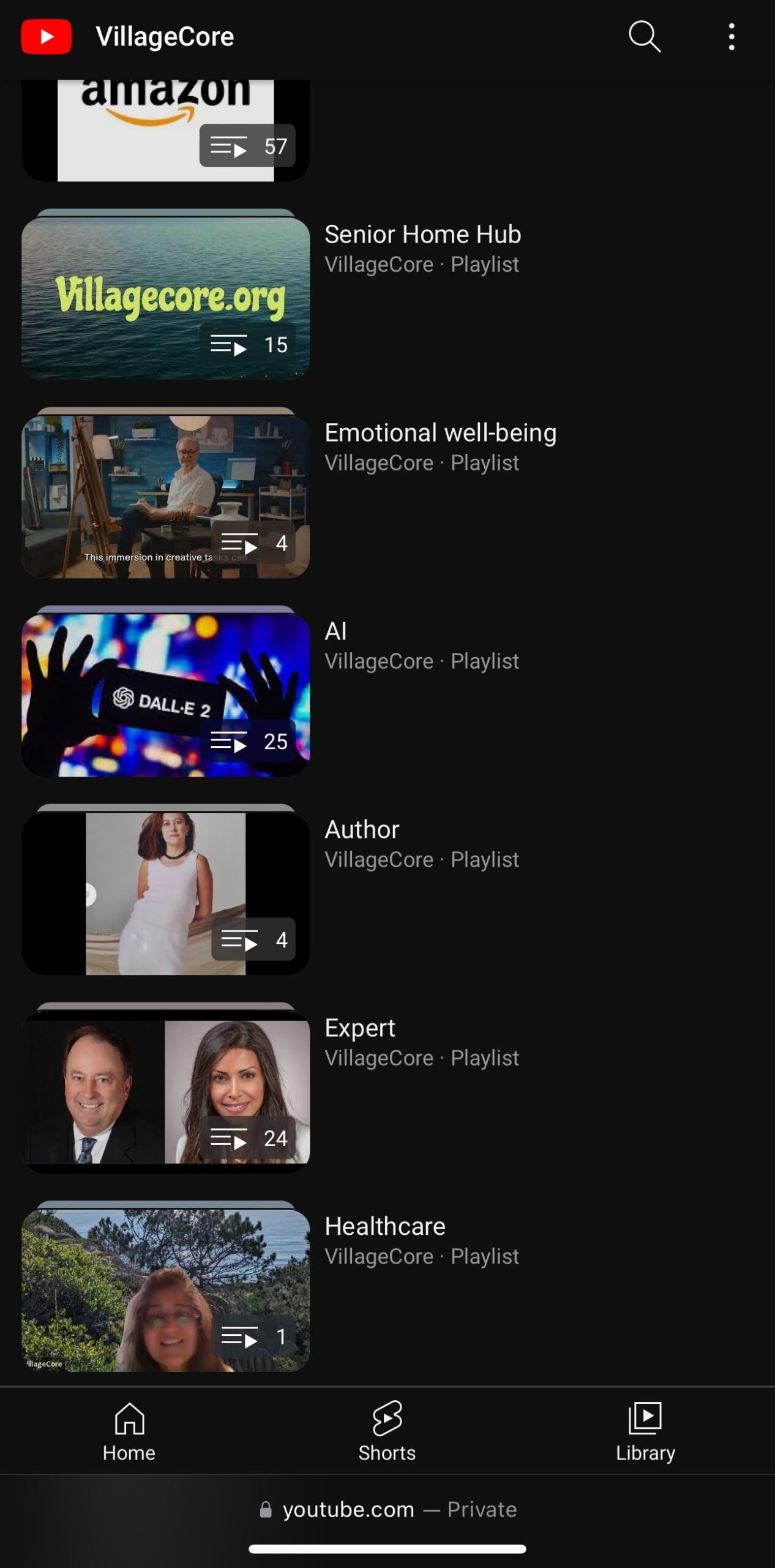
The landscape of caregiving is rapidly evolving, thanks to the integration of advanced technologies. From smart home devices to telehealth services, these innovations are transforming the way caregivers provide support, enhancing both the quality of care and the quality of life for those they assist. Here’s how technology is revolutionizing caregiving and making a significant impact on the lives of caregivers and care recipients alike.
1. Telehealth and Remote Monitoring
Telehealth services have become a game-changer in the world of caregiving. Through virtual consultations, caregivers can easily connect with healthcare professionals, receive medical advice, and manage appointments without the need for travel. This not only saves time but also reduces stress for both caregivers and care recipients.
Remote monitoring devices, such as wearable health trackers and smart home sensors, allow caregivers to keep an eye on vital signs, medication adherence, and daily activities. These devices send real-time data to caregivers, alerting them to any potential health issues or emergencies. This proactive approach enables timely interventions and enhances the overall safety and well-being of care recipients.
2. Medication Management Apps
Managing medications can be a daunting task, especially when caring for someone with multiple prescriptions. Medication management apps provide an effective solution by sending reminders for medication times, dosages, and refill schedules. Some apps also offer features like drug interaction warnings and progress tracking, ensuring that medications are taken correctly and consistently. This technology reduces the risk of medication errors and helps maintain a structured routine for caregivers and their loved ones.
3. Smart Home Technology
Smart home technology is transforming living spaces into safer and more comfortable environments for care recipients. Devices such as smart speakers, lighting systems, and security cameras can be controlled remotely, allowing caregivers to monitor and manage their loved one’s home environment from anywhere. Voice-activated assistants can provide reminders for daily tasks, play music, or even contact emergency services if needed.
Motion sensors and fall detection systems are particularly valuable for elderly care. These devices can detect unusual activity or falls and send immediate alerts to caregivers, ensuring quick response times and reducing the risk of severe injuries.
4. Virtual Support Communities
The emotional and psychological toll of caregiving can be significant. Virtual support communities offer a lifeline for caregivers, providing a platform to share experiences, seek advice, and find emotional support from others in similar situations. Online forums, social media groups, and dedicated caregiving websites foster a sense of community and connection, helping caregivers feel less isolated and more empowered.
5. Assistive Technologies
Assistive technologies are designed to enhance the independence and quality of life for care recipients. These include mobility aids like powered wheelchairs, adaptive utensils for easier eating, and communication devices for those with speech impairments. Innovations in this field continue to expand, offering more personalized and effective solutions tailored to individual needs.
6. AI and Machine Learning
Artificial Intelligence (AI) and machine learning are making strides in predictive healthcare and personalized care plans. AI-powered tools can analyze data from various sources to identify patterns and predict potential health issues before they become critical. This allows caregivers to implement preventative measures and make informed decisions about care strategies.
Machine learning algorithms can also customize care plans based on the unique needs and preferences of care recipients. This level of personalization ensures that care is both effective and compassionate, addressing specific health conditions and lifestyle factors.
Conclusion
Technology is revolutionizing caregiving by providing innovative tools and solutions that enhance the quality of care and ease the burden on caregivers. From telehealth and remote monitoring to smart home devices and AI-driven insights, these advancements are making caregiving more efficient, effective, and empathetic. As technology continues to evolve, the possibilities for improving caregiving are boundless, promising a future where both caregivers and care recipients can thrive.
Embracing these technologies can lead to better health outcomes, increased safety, and a more fulfilling caregiving experience. The future of caregiving is bright, and technology is at the forefront of this transformation, paving the way for a new era of compassionate and connected care.


